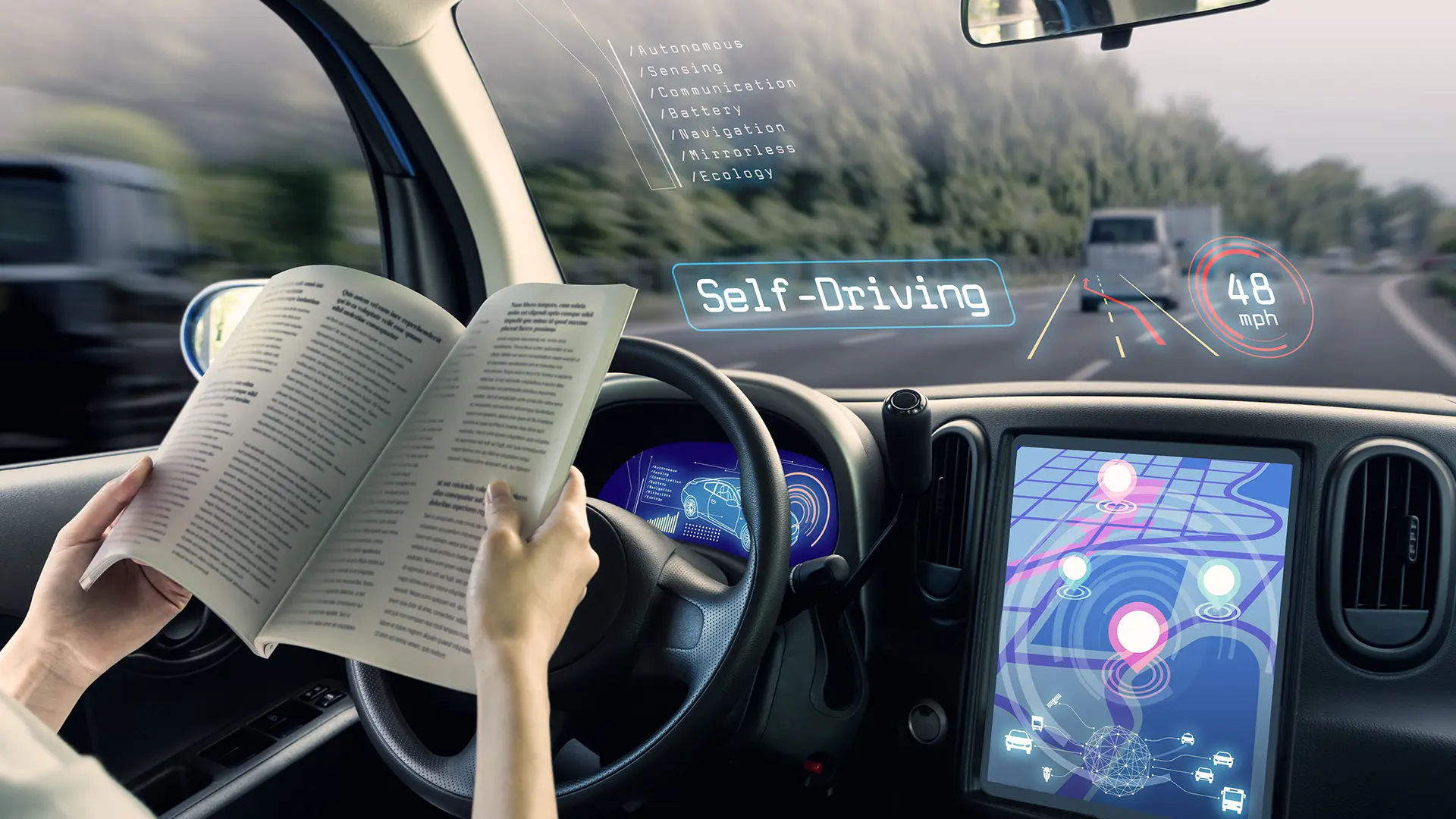The automobile industry is undergoing a revolutionary transformation, and at the heart of this change is autonomous driving technology. Once a concept limited to science fiction, self-driving vehicles are now a growing reality, reshaping how people perceive mobility, safety, and the future of transportation. As manufacturers, tech companies, and governments invest heavily in autonomous innovation, it’s evident that this technology will redefine the very structure of the auto industry in the coming decade.
What Is Autonomous Driving?
Autonomous driving refers to vehicles that can operate and navigate without direct human intervention. These systems use a combination of sensors, cameras, radar, artificial intelligence (AI), and machine learning to perceive their surroundings and make driving decisions.
Autonomous driving is categorized into five levels by the Society of Automotive Engineers (SAE):
- Level 0: No automation
- Level 1: Driver assistance (e.g., adaptive cruise control)
- Level 2: Partial automation (e.g., Tesla Autopilot)
- Level 3: Conditional automation (driver can disengage under certain conditions)
- Level 4: High automation (no driver input in specific environments)
- Level 5: Full automation (no steering wheel or human driver needed)
Most vehicles today fall between Levels 1 and 2, but the goal is to reach Level 5 autonomy in the near future.
Key Impacts of Autonomous Driving on the Auto Industry
1. Redefining Vehicle Design and Manufacturing
Autonomous vehicles (AVs) are leading to a rethink of how cars are designed:
- Less emphasis on driver-focused controls
- More attention on passenger comfort and entertainment
- Inclusion of advanced computing hardware and software integrations
Manufacturers are now collaborating with tech firms to build smart cars that are as much computers as they are vehicles.
2. Shift Toward Mobility as a Service (MaaS)
With AVs, the concept of car ownership is changing. Instead of owning cars, consumers may prefer:
- Shared autonomous rides
- Subscription-based vehicle services
- On-demand driverless taxi networks
This will affect vehicle sales models, dealership networks, and urban transportation planning.
3. Increased Focus on Software Over Hardware
Autonomous vehicles rely heavily on software for:
- Object recognition
- Route planning
- Decision-making under uncertainty
As a result, automakers are investing more in AI, machine learning, cybersecurity, and over-the-air software updates than in traditional mechanical engineering.
4. Enhanced Road Safety and Reduced Accidents
Human error accounts for over 90% of road accidents. AVs promise:
- Better reaction times
- Consistent adherence to traffic laws
- Reduction in fatigue-related accidents
This could significantly lower accident rates and insurance claims, ultimately impacting auto insurance companies and public health systems.
5. Emergence of New Market Players
Tech giants like Google (Waymo), Apple, Uber, and Amazon are entering the autonomous vehicle race. This changes the traditional power dynamics of the auto industry:
- Legacy automakers must innovate or collaborate to stay relevant
- Startups are driving breakthroughs in autonomous algorithms and sensor technology
Challenges Hindering Mass Adoption
Despite rapid advancements, autonomous driving faces several hurdles:
- Infrastructure Gaps: Indian roads, for instance, often lack consistent lane markings, signage, and traffic discipline required for AVs.
- Regulatory Uncertainty: Clear legal frameworks around liability, testing, and data privacy are still evolving.
- Public Trust and Ethics: Consumers remain skeptical about safety, and ethical dilemmas (e.g., crash decisions) remain unsolved.
- High Costs: Lidar sensors, high-performance processors, and redundant safety systems raise production costs.
Pro Tip: Countries like the USA, China, and Germany are leading AV policy development, but India will need tailored regulations considering its unique driving ecosystem.
Autonomous Driving in India: A Distant Reality?
While autonomous technology is progressing globally, India presents a unique set of challenges:
- Unpredictable traffic patterns
- Lack of digital road infrastructure
- Frequent human and animal interference on roads
- Low vehicle-to-vehicle (V2V) and vehicle-to-infrastructure (V2I) communication
That said, semi-autonomous features like lane assist, adaptive cruise control, and automatic emergency braking are slowly entering Indian premium car markets. Companies are experimenting with automation in controlled environments like campuses and industrial parks.
The Future of the Auto Industry with AVs
The ripple effects of autonomous driving will be vast:
- Job Shifts: From drivers and mechanics to software engineers and data analysts
- Insurance Transformation: Usage-based and behavior-based premiums will replace traditional models
- Urban Design Changes: Fewer parking spaces, smarter traffic flow, and AV-only lanes
- Environmental Impact: More efficient driving can reduce fuel use and emissions
Pro Tip: Fleet-based AV services (e.g., autonomous delivery vans or public shuttles) are expected to scale before private ownership of AVs becomes mainstream.
Final Thoughts
Autonomous driving is not just a futuristic concept—it’s a technological evolution that is already reshaping the global auto industry. While full adoption may take years (especially in developing countries like India), the journey has already begun. For automakers, tech developers, policymakers, and consumers, the shift toward autonomy demands adaptability, innovation, and trust.
As the line between technology and transportation blurs, the vehicles of tomorrow will not just take you places—they’ll think, learn, and evolve along the way.

